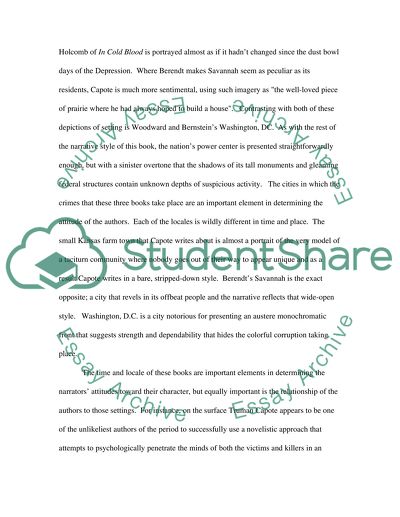Narrator Attitude in Crime Books Book Report/Review. Retrieved from https://studentshare.org/miscellaneous/1507870-narrator-attitude-in-crime-books
Narrator Attitude in Crime Books Book Report/Review. https://studentshare.org/miscellaneous/1507870-narrator-attitude-in-crime-books.


